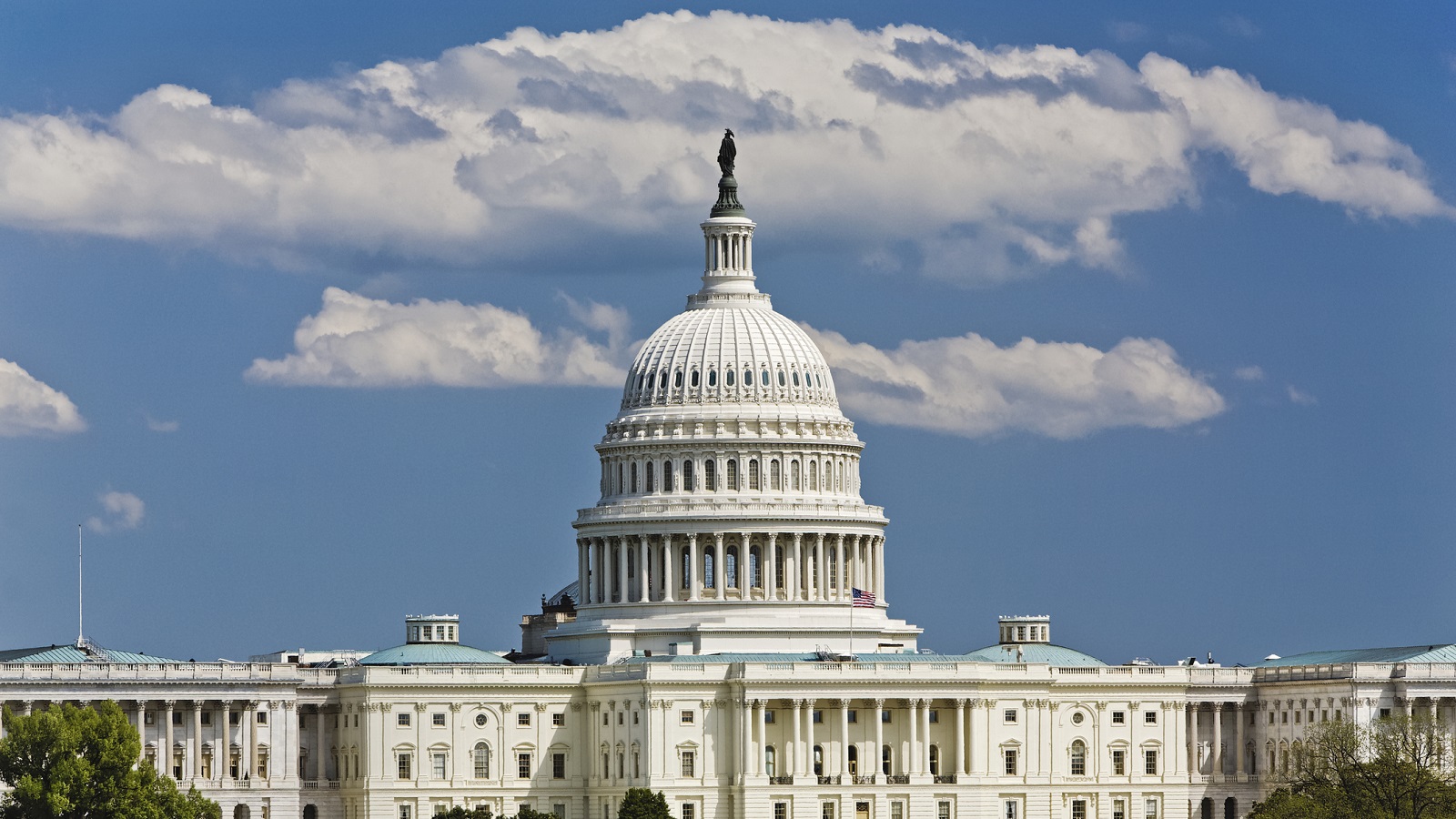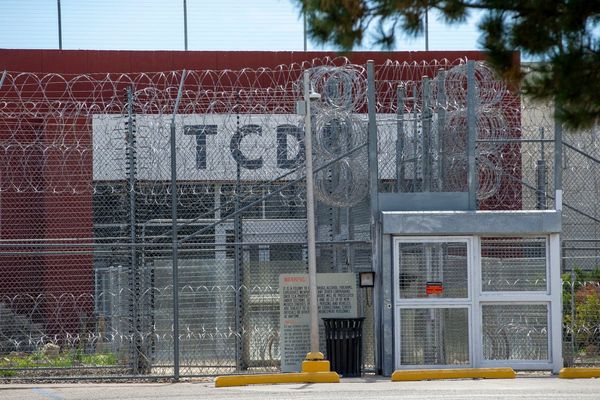
You may have heard that President Donald Trump’s sweeping new tax and spending package was signed into law on July 4, 2025.
Known as the "One Big Beautiful Bill" (OBBB), a label President Trump used repeatedly on social media as he called for a single border, spending, and tax package, the mega legislation is considered by Republicans to be the signature fiscal effort of Trump's second term.
- Congress passed the nearly 1,000-page bill using the budget reconciliation process. That approach allows a single party, in this case, Republicans, to approve certain legislation with a simple majority.
- The U.S. Senate GOP narrowly approved the bill after more than 24 hours of debate and a tie-breaking vote from Vice President JD Vance.
- Republicans in the U.S. House of Representatives also approved the bill along party lines.
Here’s more of what you need to know about what’s in the legislation and how it may impact you and your taxes.
'One Big Beautiful Bill' summary
The bill’s centerpiece is the permanent extension of the 2017 Tax Cuts and Jobs Act (TCJA), Trump’s first-term tax reform, which was set to expire at the end of this year unless Congress acted.
Alongside tax policy, the bill includes significant changes to immigration, energy, healthcare, and so-called “safety net programs” like Medicaid.
Projections from the Congressional Budget Office (CBO) and independent analysts estimate that Trump’s OBBBA will add between $3.3 trillion and $4.5 trillion to the national debt over the next decade.
Additionally, independent analyses from several organizations have shown that the bill’s benefits skew toward the wealthy.
Also worth noting: As Kiplinger has reported, several public opinion polls and surveys have shown more Americans oppose than support the big bill.
That said, let’s dive into a summary of some key provisions in the bill. (Note: This is not an all-inclusive list.)
Key Individual Tax Provisions
Tax cuts in the 'Big Beautiful Bill'
The OBBB locks in core provisions of the 2017 TCJA, also known as the “Trump tax cuts.”
As mentioned, many of those TCJA provisions would have expired at the end of this year, had Congress not acted. The permanent OBBB extensions include:
- Lower individual income tax rates across all federal income tax brackets, maintaining the reduced rates introduced in 2017.
- A higher standard deduction, i.e., the amount most filers opt to subtract from taxable income.
- Increased federal child tax credit to $2,200 per child for 2025, with future inflation adjustments.
- Increased estate tax exemption, raising the threshold to $15 million beginning in 2026, indexed to inflation.
- Permanent 20% small business deduction for pass-through entities such as partnerships and sole proprietorships.
- A permanent lower corporate tax rate, initially set by the 2017 TCJA.
- Permanent 100% bonus depreciation and full expensing for business investments.
SALT deduction cap 2025
Under the OBBB, the cap on state and local tax (SALT) deductions is temporarily increased.
- The bill raises the SALT cap from $10,000 to $40,000 from 2025 through 2029, with the cap increasing 1% per year before reverting to the previous $10,000 limit in 2030.
- The expanded cap phases out for filers earning over $500,000 (married filing jointly) or $250,000 (single).
*The legislation would also reportedly maintain certain loopholes for business owners in states that permit them.
Tax on tips and overtime tax deduction
The new bill introduces several targeted tax breaks.
- For example, starting with the 2025 tax year, there will be no federal tax on reported cash tip income for eligible workers up to $25,000 per year through 2028. The benefit phases out for individuals earning over $150,000.
- There is also no federal tax on overtime pay up to $12,500 per year, through 2028.
Car loan interest deduction
As Kiplinger has reported, the legislation introduces a new deduction for interest paid on auto loans, allowing taxpayers to write off a portion of their car loan interest with income limits and strict rules regarding which cars qualify.
The deduction of up to $10,000 per year on qualifying loans is only available through 2028.
For more information, see New GOP Car Loan Deduction: Which Cars and Vehicles Qualify.
'Trump Accounts' for kids
As Kiplinger has reported, the OBBB creates new so-called "Trump Accounts," tax-advantaged savings accounts for some children seeded with $1,000 from the federal government.
- Each child born in the United States between 2024 and 2028 would receive a one-time $1,000 deposit from the U.S. Treasury into a federally managed account.
- Parents could contribute up to $5,000 per year until the child turns 18.
- Supporters say the accounts are designed to help families build long-term savings for education, homeownership, or retirement.
For more information, see: The GOP Wants to Auto-Enroll Your Child in a Trump Savings Account.
HSA changes in tax bill?
Many proposed Health Savings Account (HSA) provisions did not make it into the final version of the bill. However, worth noting here:
- Starting in 2026, bronze and catastrophic marketplace plans become HSA-eligible, and direct primary care fees are added as qualified expenses.
- The bill also permanently allows HSA funds to be used for telehealth services without requiring a deductible to be met, effective retroactively for 2025.
Temporary bonus deduction for 'seniors'

The standard deduction for taxpayers age 65 and older receives a $6,000 boost beyond the existing extra standard deduction.
The change is both temporary and subject to phase-outs and is, according to supporters, intended to provide extra tax relief for retirees and those on fixed incomes.
For more information, see: $6K Bonus Standard Deduction Boost Approved for Older Adults.
Child Tax Credit (CTC) changes
The “big beautiful bill” increases the federal child tax credit to $2,200 per child starting in 2025, up from $2,000, and indexes it to inflation.
- To claim the credit, all parents and children must have Social Security numbers, which will block mixed-status families from eligibility.
- The refundable portion is capped at $1,400 per child, also indexed to inflation.
- The credit still phases out for single parents with incomes above $200,000 and married couples with incomes above $400,000.
Families with low income, earning less than $2,500 per year, still don't receive the CTC.
For more information, see: How the 2025 Child Tax Credit Amount is Increasing Under Trump.
EV tax credit ending

The new tax law delivers a major shake-up to federal clean energy incentives, setting expiration dates for popular tax credits.
Homeowners planning to install rooftop solar or battery storage have until December 31, 2025, to qualify for the 30% residential solar tax credit; after that, the credit will disappear.
Electric vehicle buyers face an even tighter window. The federal EV tax credit for new, used, and commercial clean vehicles will end for vehicles acquired and put into service after September 30, 2025.
For more information, see How the EV Tax Credit Works.
The credit for installing home EV chargers remains in effect for a period of time, expiring for equipment placed in service after June 30, 2026.
With these deadlines, some analysts say the law is expected to slow the momentum of clean energy adoption and raise the cost barrier for solar and EV upgrades.
Note: This is not an all-inclusive list of individual tax changes in the massive bill.
Other OBBB Provisions
Medicaid cuts and rule changes
The bill enacts the most sweeping cuts to Medicaid since the program’s 1965 inception.
The legislation reduces Medicaid funding by roughly 18% over a decade — about $600 to $800 billion according to the Congressional Budget Office (CBO) — through a combination of new eligibility restrictions, asset tests, and work requirements.
- Most adults, including parents of children over 14, would need to work at least 80 hours a month to keep coverage, with some exceptions.
- States would be required to reassess eligibility every six months, rather than annually.
- States could also impose copays up to 5% of household income and require monthly income verification.
The CBO estimates that 10-12 million people could lose Medicaid coverage over the next ten years, with additional losses expected from tighter Affordable Care Act enrollment rules.
The impact is expected to fall hardest on families with low income, people with disabilities, and rural residents.
SNAP: Shrinking food assistance benefits

The bill’s approach to the Supplemental Nutrition Assistance Program (SNAP) is equally notable.
SNAP program funding (formerly known as food stamps) will be cut by about 20%, an estimated $230 billion over ten years.
- Work requirements are expanded to cover adults up to age 64 (up from 50), and parents with children over 14.
- States will be required to shoulder a greater share of SNAP costs or risk losing federal support entirely.
Many family advocates say these changes threaten to push millions into food insecurity, especially older workers and families in high-unemployment areas.
For more information, see Medicaid and SNAP Benefits at Risk Under Trump’s Tax Bill.
Student loan changes
The bill also introduces a significant overhaul of federal student loan programs.
Popular income-driven repayment plans initiated under the Biden administration will be phased out, borrowing for graduate students and parents will be restricted, and options for deferment due to economic hardship or unemployment will soon be eliminated.
For more information, see: Trump Targets Student Loan Forgiveness.
Increased immigration enforcement
The new law allocates approximately $350 billion for border and national security, including $46 billion for the border wall and $45 billion for expanded migrant detention.
It funds the hiring of 10,000 new ICE officers and aims to deport up to 1 million people per year.
Deficit and Impact
The fiscal impact of the GOP tax bill
Proponents argue the bill’s tax cuts and spending changes will boost growth and jobs. But the numbers tell a more complicated story.
The CBO projects the bill will add about $3.3 trillion to the national debt over ten years, even after accounting for the spending reductions and new revenue measures.
Other independent estimates, which factor in the interest on that additional debt, put the true cost closer to $4.5 trillion or more over a decade.
Tax changes in the 'Big Beautiful Bill': Who benefits?
A Tax Foundation analysis shows the largest tax cuts will go to households earning above $400,000. The top 1% would receive a disproportionate share of benefits compared to those making under $100,000.
What about the public? Some public skepticism was reflected in a CBS News/YouGov poll conducted in early June: 47% of respondents said the bill would hurt the middle class, 54% believed it would negatively affect low-income people, and 60% expected the wealthy to benefit most.
More recent polling also shows public opinion is running against the bill.
According to a recent Pew Research Center poll, only 27% of Americans believe the big bill will help people like them, while 51% think it will hurt the middle class.
The Kaiser Family Foundation’s latest survey echoes those concerns: 56% of respondents say they are “very worried” or “somewhat worried” that the bill’s benefits will primarily go to the wealthy and corporations, rather than to ordinary families.







